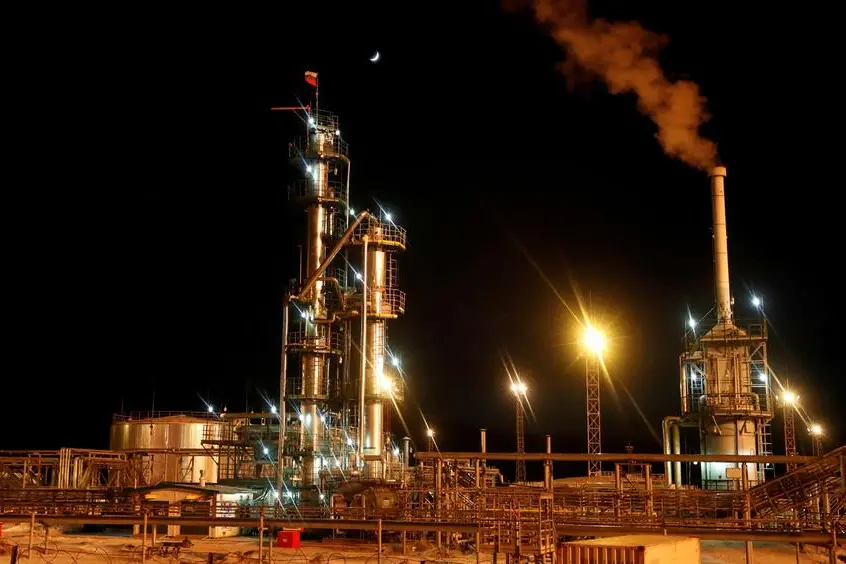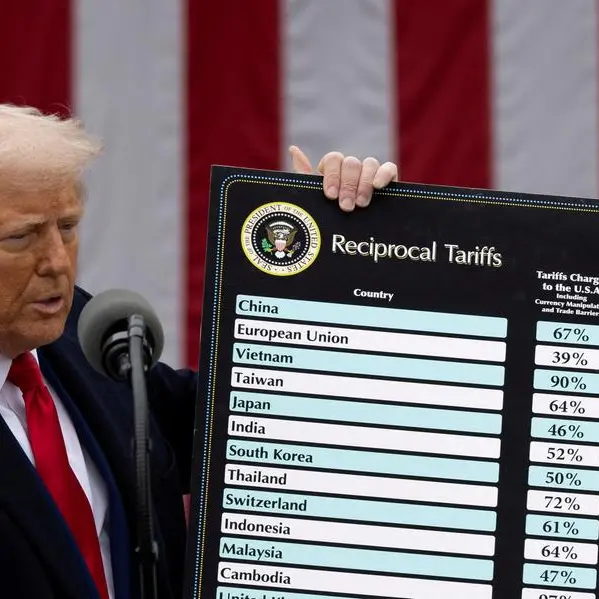PHOTO
Russia remained China's top oil supplier in October, data showed on Monday, despite higher prices for Russian crude as Saudi Arabia continues to cut supply. China's imports from Russia - including supplies via pipelines and seaborne shipments - totalled 8.54 million metric tons, or 2.01 million barrels per day (bpd) last month, according to data from the General Administration of Customs.
But Russian shipments continued the previous month's downward trend, falling 5.6% from September's level of 2.13 million bpd. Shipments from Saudi Arabia totalled 6.64 million tons, or 1.56 million bpd, down 16.2% from a year earlier. China's imports of Saudi crude have also trended lower over the past two months, with October's levels down 2.5% on September. Saudi Arabia again raised official selling prices for Asian clients in October, continuing an upward pricing pattern that has been in place since June.
This has prompted some Chinese refiners to ask for lower supply and seek cheaper alternatives from the spot market. Riyadh's unilateral 1 million bpd output cuts are to continue to the end of the year, with Moscow also having pledged to extend export cuts of 300,000 bpd until the end of the year. Announcements on the possible extension of these cuts are expected at the upcoming meeting of the Organization of Petroleum Exporting Countries and its allies (OPEC+) at the end of November.
The sanctions discount on Russian crude in October turned to a premium, as Chinese refiners compete with those in India to secure shipments and as the effectiveness of a $60 price cap imposed by the Group of Seven (G7) countries is eroded by the proliferation of alternative shipping and insurance options. ESPO-grade shipments for October delivery were priced at around a $1 per barrel premium to the ICE Brent benchmark, versus a $1.20 discount for September delivery cargoes and an $8.50 discount for shipments delivered in March, according to trading sources.
Chinese refiners use intermediary traders to handle shipping and insurance of Russian crude to avoid violating Western sanctions over the Ukraine war. Imports from Malaysia, used as a trans-shipment point for sanctioned cargoes from Iran and Venezuela, were up 67.1% from a year earlier to 5.88 million tons, or 1.38 million bpd in October, the third-largest supplier after Russia and Saudi Arabia. Total Malaysian volumes year-to-date are up 82.7% on the same period of 2022. U.S. sanctions on Venezuelan crude were eased in October under a deal between Washington and Caracas.
Despite geopolitical tensions between Beijing and Washington, China continued to bring in elevated shipments from the U.S. at favourable prices, with 1.16 million tons last month and year-to-date volumes up 96.2% on last year. China's total crude imports were up 13.5% year-on-year in October at 11.53 million bpd, though growth from September was more muted at 3.6%.
Here is the detailed trade breakdown, with volumes in million tons and on-year percentage change calculations by Reuters: Country Volume Million % Change YTD YTD % Tonnes Total Change Russia 8.54 10.7% 88.49 23.0% Saudi 6.64 -16.2% 73.39 -0.5% Malaysia 5.88 67.1% 46.26 82.7% Iraq 4.49 -8.5% 49.85 11.4% UAE 3.62 -14.2% 35.19 7.4% Angola 3.38 67.2% 24.90 -2.4% Brazil 3.26 118.1% 31.08 61.0% Oman 2.80 -6.8% 31.77 -3.3% Kuwait 2.56 -15.2% 19.27 -30.6% US 1.16 49.2% 12.08 96.2% Iran 0.00 N/A 0.00 N/A Venezuela 0.00 N/A 0.00 N/A (ton = 7.3 barrels for crude oil conversion) (Reporting by Andrew Hayley; Editing by Kirsten Donovan)




















